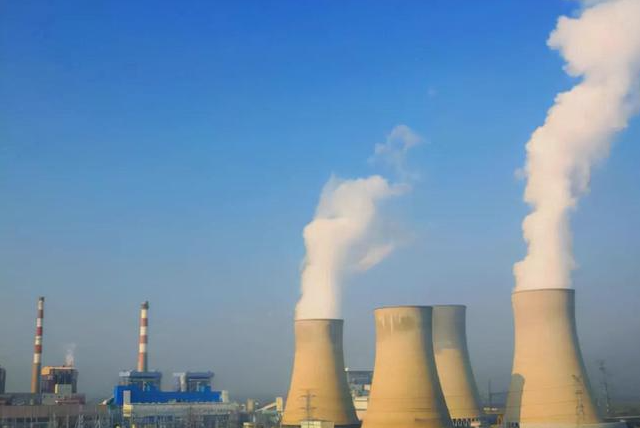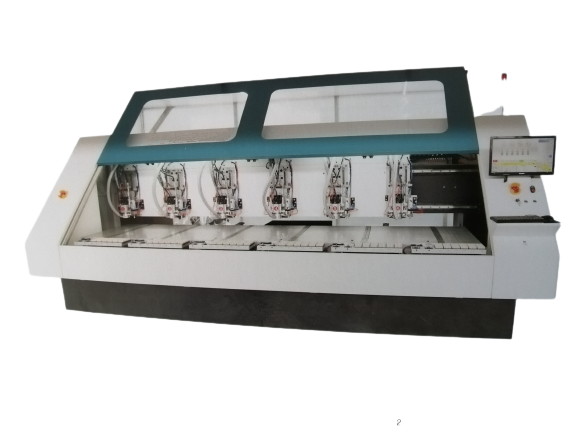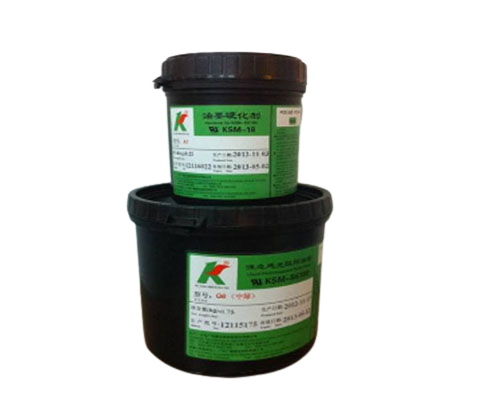With the further implementation of China’s “dual control of energy consumption” policy, the scope of power and production restriction in China has significantly expanded. The so-called “dual control of energy consumption” refers to the two controls on the total energy consumption and intensity of unit energy consumption. The specific indicators are to control the “total energy consumption” and the “energy consumption ratio of industrial added value”.
According to Chinese media reports, the relevant restrictions have affected more than 10 provinces, including Jiangsu, Zhejiang and Guangdong. In addition, more listed companies issued announcements to disclose the relevant impact. In addition to high energy consuming industries such as steel, cement and chemical industry, even photovoltaic and PCB industries began to be affected.
Chinese local governments are ordering power rationing to avoid failing to achieve the goal of dual control of energy consumption. Last month, after the economy rebounded strongly from the epidemic, China’s development and Reform Commission pointed out that the energy consumption intensity of nine provinces increased rather than decreased in the first half of this year. The reduction rate of energy consumption intensity in 10 provinces did not meet the progress requirements, and the national energy-saving situation was very severe. According to the report and analysis of 21 economic net, for a single enterprise, it can be completed or planned in stages through technical transformation, but it is under great pressure for the whole regional economy, especially in places with strong investment attraction and rapid growth of industrial power consumption.
About 160 high energy consuming enterprises in the textile, printing and dyeing and chemical fiber industries in Zhejiang were ordered to stop production to meet the dual control goal of energy consumption. About 80% of the companies are located in Ma’an street. Ma’an Street issued a stop production notice on September 21, and the stop production will continue until September 30.
21 Economic Net reported that coal prices also hit a record high, making many power plants unprofitable, resulting in a power supply gap in some provinces. If these gaps expand, the impact may be more serious than the power rationing in some parts of China in summer.
Shanghai Securities News reported that recently, power and production restriction measures have been intensively launched in many provinces, and “double high” enterprises have received production restriction notices in turn. Enterprises and related industrial chains have been affected. For example, in the upstream, the prices of raw materials such as steel, cement, aluminum and yellow phosphorus have increased due to the stimulation of production restriction, and the prices of some products have risen sharply recently, reaching a record high; In the downstream, in addition to raising production costs through price transmission, the supply cycle began to lengthen and the pressure on order delivery increased.
At present, the scope of power and production restriction not only covers high energy consuming industries such as steel, cement and chemical industry in the early stage, but also begins to involve other industries. The report points out that at present, some photovoltaic industries in Jiangsu, Anhui and Zhejiang are affected by power restriction, and many adhesive film and polysilicon manufacturers are required to stop work and limit production. Affected by this, it is expected that the annual installed capacity of photovoltaic power generation in China will be reduced by 15% to 20% than expected.

It is reported that the short-term PCB upstream quotation will rise again.
The “dual control of energy consumption” policy has been strongly implemented in China, and the impact of power restriction has continued to expand. The scope has been extended to more than 10 provinces and regions such as Jiangsu, Zhejiang and Guangdong. The affected people have expanded from heavy industry to light industry and solar energy, and the PCB industry has also been affected.
A wave of PCB ink issued enterprise contact letter, due to raw material tension, catch up, power limit and other reasons, the operating products unified up 10%-15%, temporarily did not adjust the price of enterprises is the priority service on time payment or cash payment customers, overdue suspension of shipment, does not rule out October price!
PCB ink is an important material for printed circuit board. According to the observation of experts, the upstream price of rpcb (hard printed circuit board) has increased by 15% since the beginning of 2021, the OEM cost of copper foil has increased by 30%, the glass fiber cloth has increased by 35% and the epoxy resin (PP) has increased by 25%, resulting in a 17.35% increase in the cost of copper foil substrate, and the manufacturers of copper foil substrate have responded by increasing the price by 18%.
In the global PCB manufacturing output value, China accounts for 53%, of which Jiangsu Province accounts for 23%. According to calculation, the affected capacity of the PCB industry is at least 12%; Based on the global PCB output value of US $70 billion in 2020 and the time of power failure for one week, the impact amount is about NT $5 billion.
At present, most factories cooperate with local policies to limit power until the end of September to October. Experts believe that since 2021, the PCB hard board has been sandwiched between the upstream raw materials and the EMS plant, and the cost transfer capacity is limited. This power restriction event is expected to make the PCB manufacturing end have the energy to increase the price.







 May. 18, 2021
May. 18, 2021 



